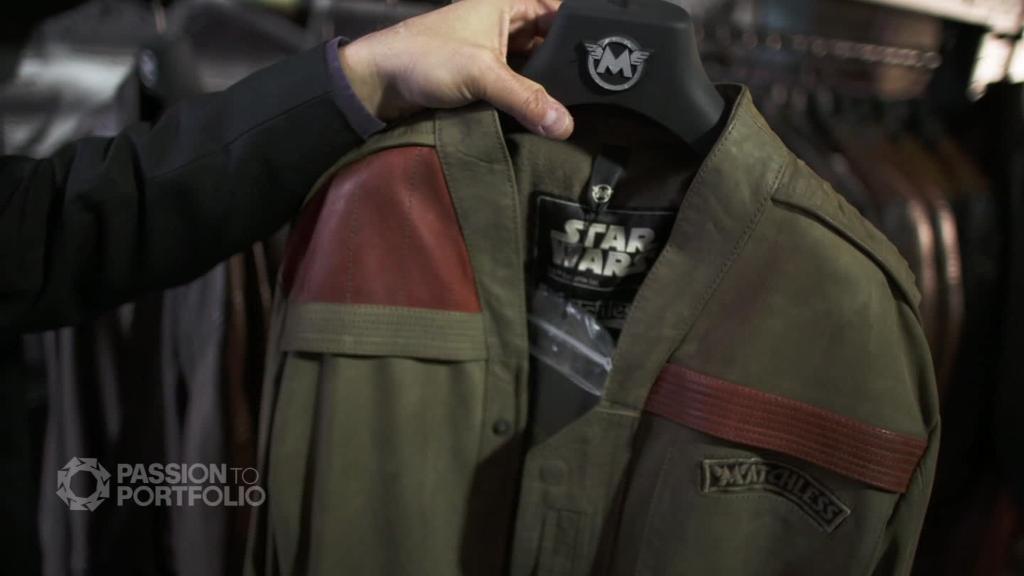
Motorcycling in America is getting a makeover. Industry stalwarts and upstart competitors are trying to attract new riders who want something different from Harley-Davidson's big burbling cruisers or screaming Japanese and European performance bikes.
The changes are in response to younger riders who are attracted to the efficiency and fun of two-wheel travel, but who don't want to buy into all the "biker" baggage.
"Millennials and Gen X'ers, they aren't always seeking to make motorcycling a lifestyle, where it's kind of everything you live for," said Tim Buche, president and CEO of the Motorcycle Industry Council. These younger riders are looking for motorcycles suited to a more casual relationship rather than a serious commitment.
Even Harley-Davidson recently announced it will start offering products aimed at reaching customers who aren't drawn to the company's famous retro-styled offerings.
For instance, an electric motorcycle, the Livewire, with a whirring sound never before heard from a Harley, will be introduced next year. The company will also roll out a new offf-road capable "Adventure Touring" bike the Pan America, and a new "Streetfighter" model designed for performance and agility rather than long-range cruising. Harley-Davidson did not respond to requests for comment on this story.
Some start-up motorcycle makers are already offering electric bikes. California-based Zero Motorcycles offers bikes starting at around $11,000, before various government incentives. Besides being "green," it's the unique experience of riding an electric bike that attracts buyers, CEO Sam Paschel said.
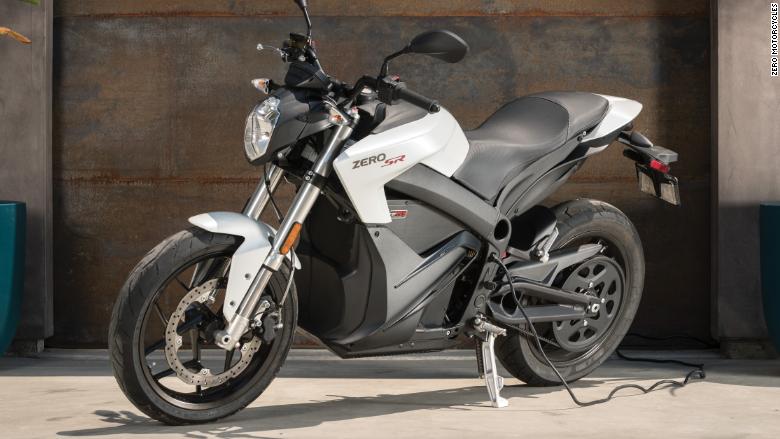
Without the noise and vibration of an internal combustion engine under him, he said, the experience becomes just about the ride, the environment and the speed.
"It was like all the things I didn't love about riding a motorcycle were taken away," he said.
Husqvarna's motorcycles aren't electric but, in contrast to the usual emphasis on raw power and speed, its bikes, with their single-cylinder engines, attract riders with distinctive design and lightweight. With a 330-year history, Husqvarna is hardly a startup but it's reintroduced itself since coming under new corporate ownership a few years ago. (If you know Husqvarna for chainsaws and lawnmowers, that's now a separate company.)
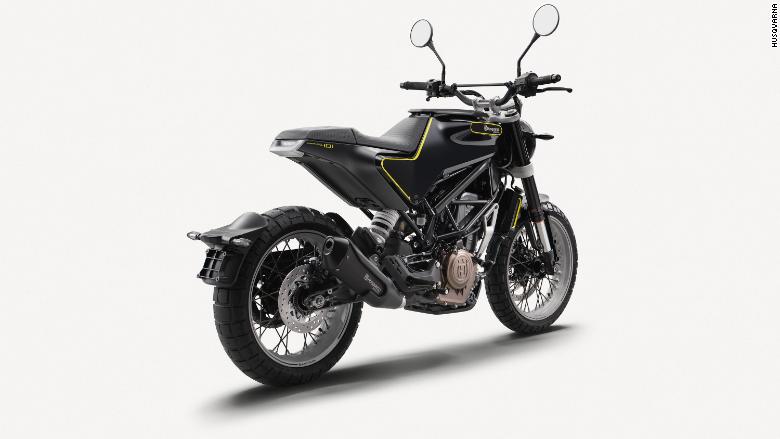
Husqvarna (pronounced hoosk-varna) Motorcycles is now headquartered in Austria rather than the brand's ancestral home of Sweden but the bikes still have a distinctly Scandinavian look with an emphasis on spare simplicity. In the 1960s and '70s, Husqvarna was best known for dirt bikes -- Steve McQueen rode one -- but the company is now branching out with street bikes like the Svartpilen, which costs about $6,300, and Vitpilenm, about $12,000. (The names mean "black arrow" and "white arrow" in Swedish.)
The bikes' lean designs are intended to allow the rider to, as much as possible, ignore the machine and concentrate on the road and their surroundings, said Blain Schuttler, Husqvarna's managing director for North America. And performance comes as much from a lack of weight as engine power.
"We're trying to define a new space in the motorcycle market, minimal but still progressive style that doesn't fit into any existing category," he said.
Ural, based in Redmond, Washington, sells motorcycles that are made in a factory in Russia. These rugged sidecar motorcycles look like they roared straight out of World War II because, basically, they did.
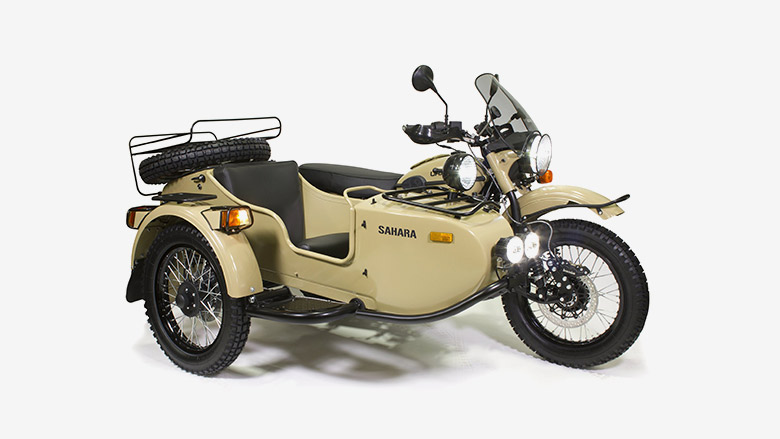
The company started making motorcycles because the Red Army demanded sidecar bikes like the ones the invading Germans had. Most models have two-wheel-drive capability for off-road use. (The sidecar wheel can be powered as well as the back wheel.) Prices start at about $15,000.
The only downside, said Madina Mezhoeva, Ural's head of marketing, is what customers call the UDF, or Ural Delay Factor. Any time you stop someplace, you have to allow time to answer all the questions you get asked about the bike.
Well-established motorcycle brands like Indian, famous for its retro-styled cruisers, and Ducati, known for its performance bikes, are also trying to reach new customers as tastes shift.
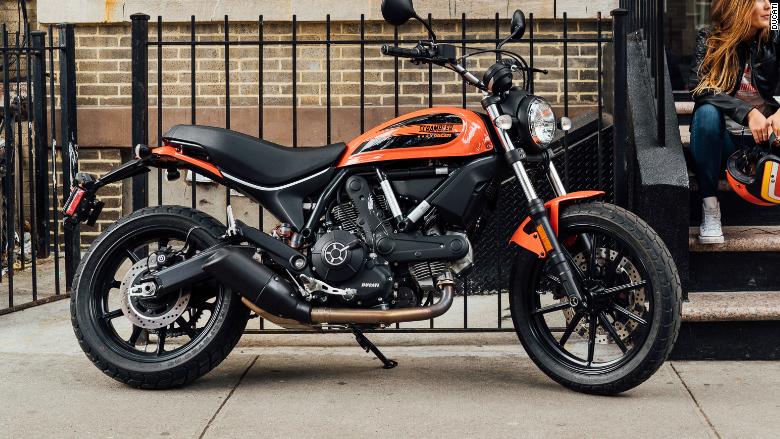
A few years ago Ducati introduced the Scrambler, a less intimidating alternative to the Italian brand's aggressive sport bikes like the Monster and Diavel. Since it's so different, the Scrambler is treated as its own sub-brand. The Ducati name is almost a footnote on the side of the tank.
"It doesn't take motorcycling too seriously. It's entertainment. I want to get out and have fun. I want to go to Bear Mountain and find some cool places with a couple of my friends," said Jason Chinnock, CEO of Ducati North America, describing the Scrambler's more laid-back attitude. (The winding roads around Bear Mountain, north of New York City, are popular with motorcyclists.)
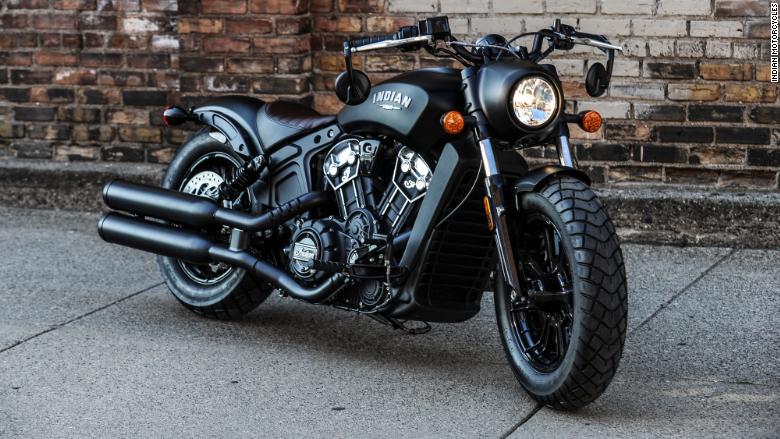
For its part, Indian introduced the Scout Bobber last summer. It's basically a stripped-down and slightly meaner looking version of Indian's entry-level Scout bike. For Indian, going straight after Harley-Davidson is working just fine. Indian is growing both sales and market share, said Steve Menetto, President of the motorcycle brand, a subsidiary of Polaris Industries (PII).
The Scout is attracting new riders, he said. But, Menetto noted he just met an 85-year-old man who claimed to ride his Indian 20,000 miles a year. Sure enough, those old riders aren't going away just yet.

